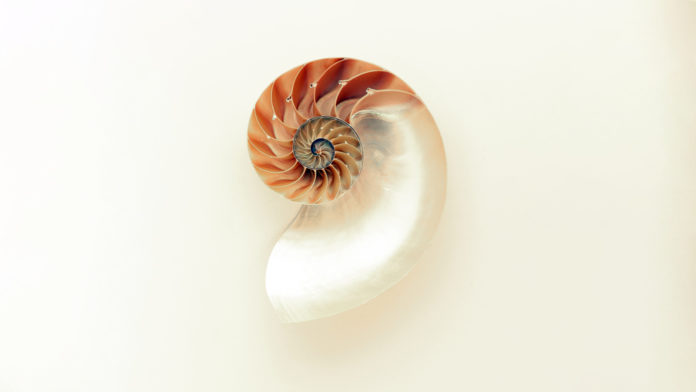Glass is strong but brittle. A dropped drinking glass or cell phone screen can readily shatter on impact. But a bio-inspired solution can be used to make an unbreakable composite that has both the resilience of plastic and the clarity of glass.
The new material was developed by researchers at McGill University and their study was published in Science.
Other researchers have been working on bio-inspired glass alternatives, but there has been a trade-off where enhanced mechanical performance comes with reduced optical transparency.
Techniques like tempering and laminating make glass slightly less likely to break, but they are expensive options that fail if the surface is damaged. Their main advantage is that the glass breaks in a way that is safer to handle, making them useful for things like skylights or windshields.
By contrast, the new composite is both three times stronger than normal glass and over five times more fracture resistant. Its novel architecture takes inspiration from nacre — also known as mother of pearl — itself a composite material made by molluscs to line their inner shells.
“Amazingly, nacre has the rigidity of a stiff material and durability of a soft material, giving it the best of both worlds,” said principal investigator Allen Ehrlicher, associate professor of bioengineering at McGill University, in a press release.
“It’s made of stiff pieces of chalk-like matter that are layered with soft proteins that are highly elastic. This structure produces exceptional strength, making it 3,000 times tougher than the materials that compose it.”
Ehrlicher and his team replicated the structure of nacre with layers of glass flakes and an acrylic material called poly(methyl methacrylate) (PMMA).
The process starts with a mixture of the two components. As they have different densities, centrifugation — a process of rapid spinning around an axis like a Gravitron ride at an amusement park — can be used to recreate the nacre structure. A slower initial rotation helps the glass flakes align, and a faster final speed pushes them together to create a dense, multi-layered stack bound by thin films of PMMA.
This mixture on its own makes a nearly opaque material, but the optical properties of the PMMA can be tuned.
Every material has a signature speed at which light can move through it, and this is described by its refractive index. At the boundary between two materials with different refractive indices, light will bend — a principle that is used to design lenses. That meant that in the original composite, every boundary between a glass flake and the PMMA matrix was another barrier for light to pass through freely.
The researchers added phenanthrene to the PMMA to adjust its refractive index to match that of the glass flakes, and this method made the final composite optically seamless and transparent. Overall, this is a low-cost process that is easy to scale up.
The authors plan to adapt the composite for smart technologies by incorporating chemistry that would allow it to change properties like colour, mechanics, and conductivity.
Starting with a bio-inspired blueprint, this research improves on a material that has been used by civilizations for millennia. Glass is everywhere because it’s such a useful material, and this unbreakable composite could be used in many of the same applications and more.








































